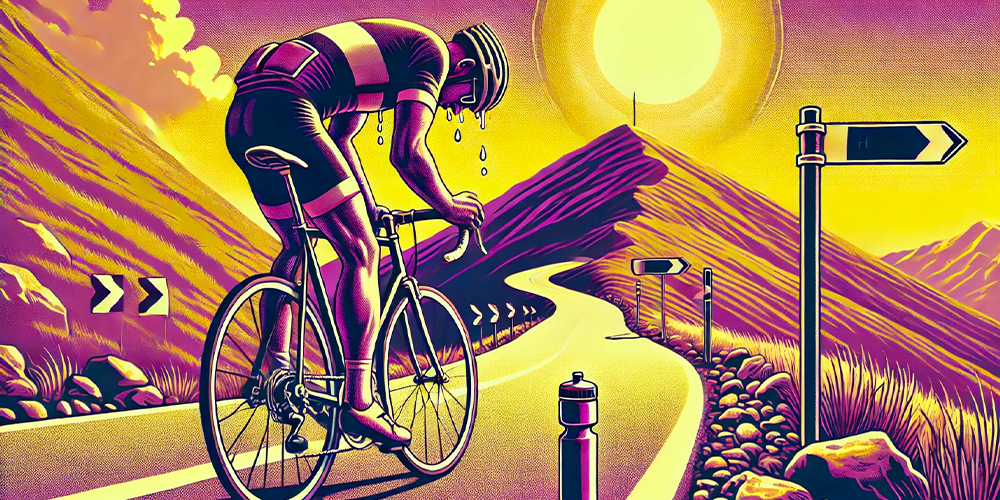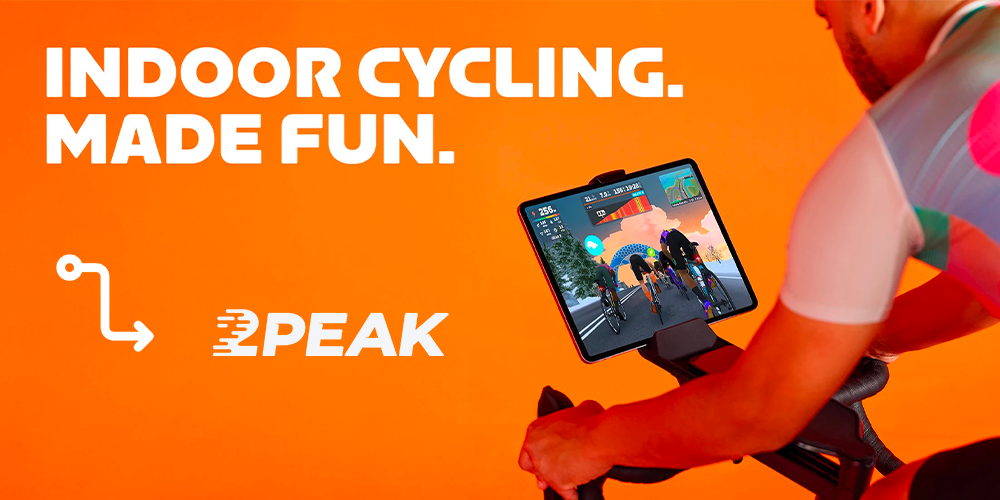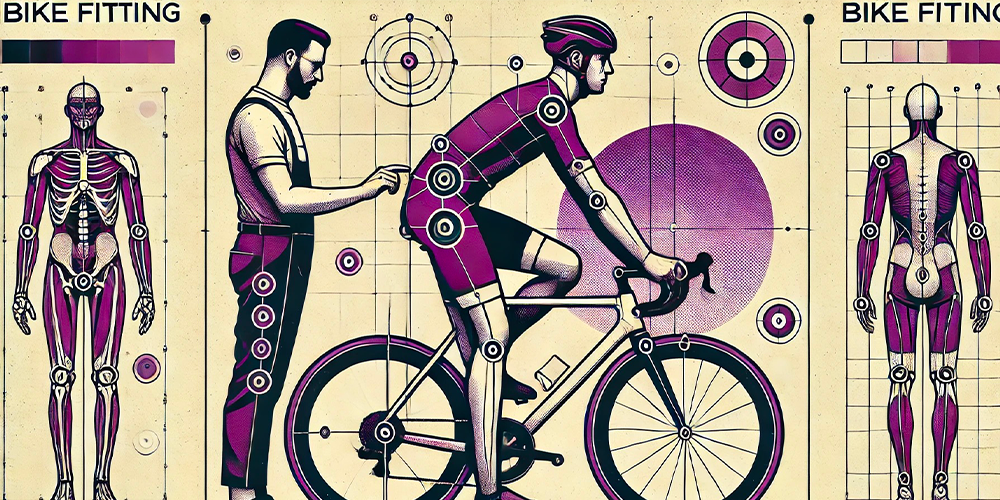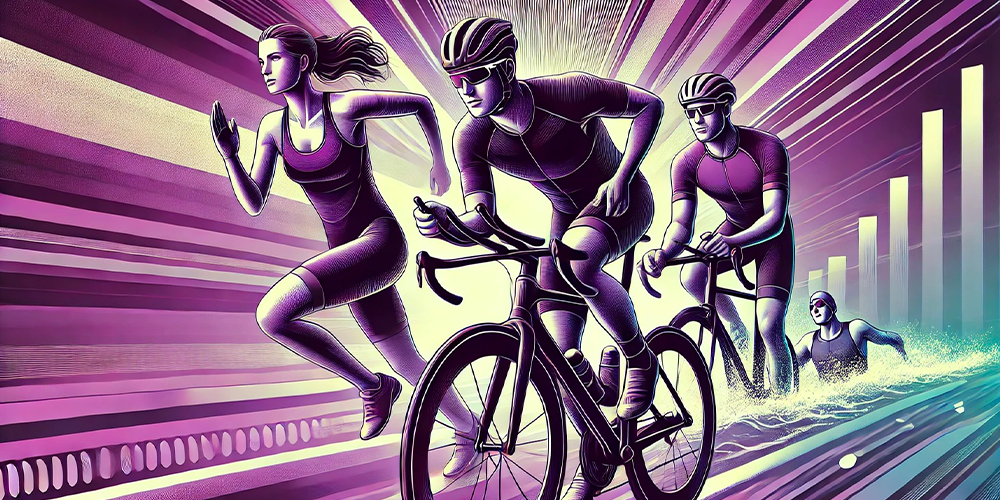When the season comes to an end, the most strategic part of the year begins: figuring out how to set up the next one. Analyse, plan, define clear and realistic goals. Here are a few suggestions for you.


When the season comes to an end, the most strategic part of the year begins: figuring out how to set up the next one. Analyse, plan, define clear and realistic goals. Here are a few suggestions for you.

Autumn arrives with a different rhythm. Days get shorter, temperatures drop, and after months of races and goals, the mind looks for a bit of relief. But this is exactly when the foundation for the next season is built. In this article you will find the 4 main challenges of autumn training — and how to overcome them.

After months full of competitions and training, it’s time to take a deep breath, recharge your energy, and start the new season with fresh motivation.
We’ll show you how to make the most of the transition phase and plan the upcoming season smartly.

August brings long days, holidays, new surroundings… and training conditions that are nothing like what you’re used to. Are you working out in the mountains? Under the blazing sun? After hours of travel or a late night? Then it’s time to ask an important question: Are your training zones still accurate? Let’s look at how heat, altitude, and accumulated fatigue can impact your training zones — and how to adapt without throwing away your progress.

Getting started with mountain biking, especially if you’re coming from road cycling or have little experience on rough terrain, means approaching a completely different learning curve. But don’t get discouraged: MTB can become a second playground, where technique, control, and variety offer a unique dimension to cycling. In this article, we present 5 essential things to know before getting started with a mountain bike.

When it comes to cycling training, the choice between indoor and outdoor is far from trivial. It’s not just about comfort, but about different physiological, technical, and psychological stimuli that can significantly influence overall performance.

Targeted training has become essential for progress on the bike. Power meters have revolutionized cycling training by allowing athletes to measure actual performance directly at the pedals, crank, or rear hub. These objective watt values are invaluable – for training planning, performance diagnostics… and for the athletes themselves. It’s time to unlock their full potential.

Good news for indoor training fans: you can now export your 2PEAK workouts directly to Zwift and complete them in the world’s most popular virtual training platform—for both cycling and running.


HIIT stands for High Intensity Interval Training. It is a training method that involves performing exercises at a very high intensity, alternating phases of intense effort with recovery periods. In HIIT, training takes place in the aerobic power zone, beyond the threshold but below the Maximum Aerobic Power (MAP), with the goal of completing a large number of repetitions.